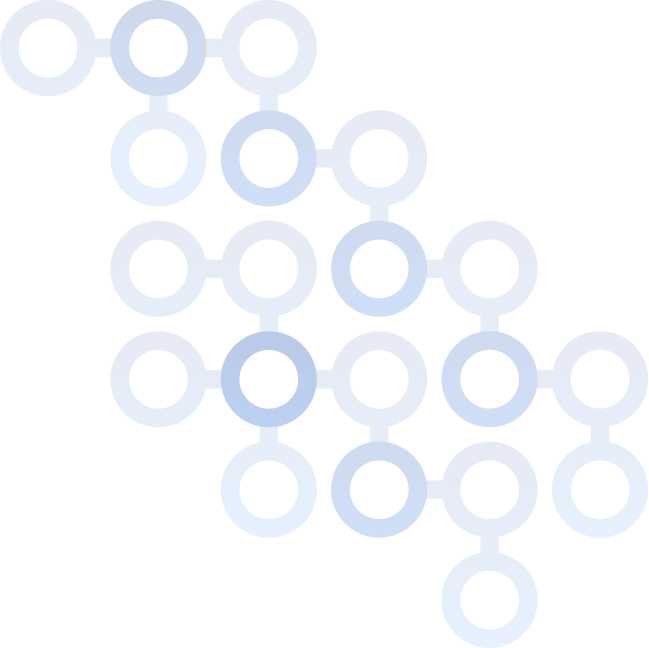Our operating model
We know that each enterprise is unique and must adopt the operational model that fits its needs. The Sigma Framework helps companies define clear ownership of the SnapLogic platform, responsibilities, and accountability for strategic outcomes with the tool.
Many enterprises are moving away from traditional integration strategies that are central to IT, and working to enable self-service to data and adopt a “citizen integrator” culture. This requires a revision of roles and processes across the organization.
Modern enterprises are adopting new platforms and applications while often maintaining legacy systems and data centers. As the digital landscape gains even more complexity, best practices and reference architectures can provide support for managing foundational change.
An enterprise’s development strategy can be supplemented with automation. The SnapLogic integration platform enables the activation of automated processes, including pipeline propagation, asset management, and security patterns, as outlined in the Sigma Framework.
The Sigma Framework offers guidance for defining operational roles and responsibilities, business processes, and managing integration with new and existing technology systems.
A strategic technical platform should align with the key strategic drivers of the enterprise, which may include revenue growth, new product offerings, market shifts, and more. Additionally, data security and consumer privacy should be considered strategic requirements.
Make the SnapLogic platform successful for you
Find the resources you need to turn your integration and automation plans into action.
Enterprise Alchemists Podcast
Tune in to our podcast for Enterprise Architects to have honest and in-depth conversations about what is relevant to our world. Expert guests provide additional context on the topics in enterprise IT. Hosted by SnapLogic Enterprise Architects.







